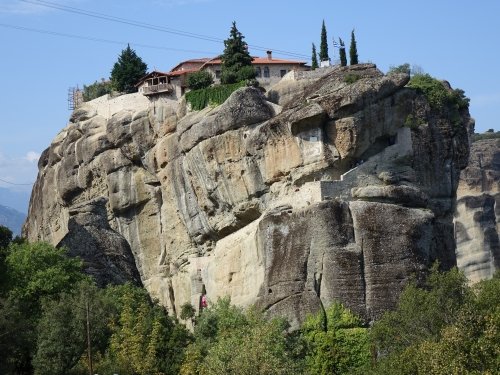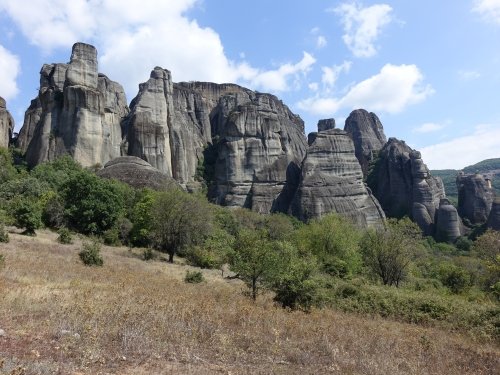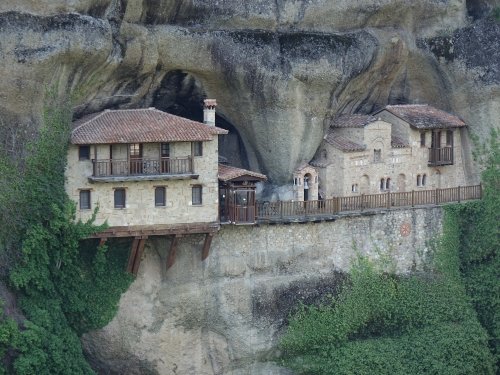First published: Tue 09 Oct 2018.
Els Slots
Whs #681: Meteora
Comments
3 comments
Solivagant
6 years, 9 months ago (Oct 9, 2018)
"However I found no precise location or more common name for this enigmatic ‘Monastery of the presentation of Jesus Christ"
It is indeed "Ypapantis" (or "Hypapanti, Hypapante").
This is fairly common title for Churches in the Greek Orthodox tradition - "In the Eastern Orthodox Church, the Presentation of Jesus at the temple is celebrated as one of the twelve Great Feasts, and is sometimes called Hypapante (Ὑπαπαντή, = "Meeting" in Greek). In Western Christianity, the additional name for the Service the day, Candlemas, is added. " (Wiki)
Reply
Solivagant
6 years, 9 months ago (Oct 9, 2018)
"certainly a candidate for our ‘one million visitors or more’-connection, but I could not find details that confirm this)"
Indeed. This IUCN document (see "current threats") states "Large numbers of visitors, around two million per year, flood the site (conventional forms of tourism mainly, but also partly related to religious, cultural, eco-tourism, and sports tourism) (Lyratzaki, 2007)"
https://www.worldheritageoutlook.iucn.org/explore-sites/wdpaid/18862



